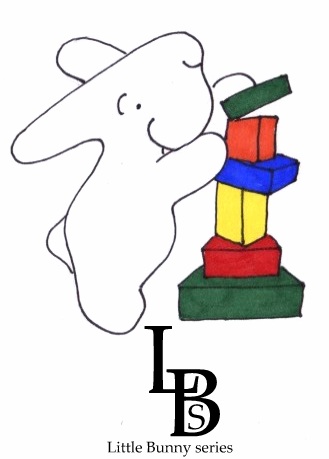A preschooler’s behavior can be counterintuitive. The screaming child that appears to be losing control, may in fact be trying to gain control, either of themselves or their environment. The weeping child may not be sad, but rather anxious or lonely. The child that shoves may be worried or frustrated. Addressing the behavior without looking at the emotions behind the behavior is only a stop-gap measure that doesn’t last beyond the incident. The child may stop screaming, weeping, or shoving but they didn’t learn what to do when they feel that way again.
Teaching a child to recognize their feelings, and in turn, name the emotions they are having leads to emotional intelligence: the ability to recognize your emotions and express them in a constructive way. And with age and experience the child will develop the ability to recognize other people’s emotions, and in turn, will build the skills and empathy to successfully interact socially. It is a long, slow process that lasts a lifetime. We are always growing and learning to understand ourselves and others. It starts at birth when we first see our caregiver’s face and accelerates in preschool and kindergarten as a child interacts with new and different people.
Incorporating discussions of feelings in everyday interactions, “How do you feel?” can effortlessly make learning emotional intelligence part of a child’s day. But adding a more formal introduction to emotions and their names to a preschool or kindergarten program can help as well.
There are tons of good books about feelings, here is a list from the Huffington Post: https://www.huffpost.com/entry/childrens-books-teach-kids-emotions_l_5f0cd6f3c5b6310dc15751c4 , from Storyberry Book Reviews another great list https://storyberries.com/book-lists-to-read-the-top-10-childrens-books-about-feelings-and-emotions-book-reviews/ , and from the Little Bunny series a free read-aloud on YouTube for the ebook Use Words https://www.youtube.com/watch?v=Dj2g1gFbjSI&t=7s .
There are toys designed to help identify emotions like Hape Eggspressions, a collection of eggs with different facial expressions with which to build and play, sticker pads to make faces, and from the Little Bunny series a free feelings printable matching game https://www.littlebunnyseries.com/3-and-1-printable . Any kind of imaginary play a child has with superheroes, dolls, or stuffed animals is another great way to integrate feelings and expressing them into a child’s everyday experiences.
The process of developing emotional intelligence is long and slow. There are days when a small child can handle the environment around them with great panache and other days when it is a meltdown a minute. But with gentle guidance and consistent emphasis on recognizing your feelings and expressing those feelings in a constructive manner a child will develop the skills to be a happy adult who functions well in the world.
Dianne Miller is the author of the Little Bunny series a collection of early childhood eBooks about concepts and social skills. The eBooks are supported by hundreds of free printables and free read-alouds on YouTube. Little Bunny is beloved around the world and the books and printables are used by teachers and parents alike. To learn more visit: www.littlebunnyseries.com


